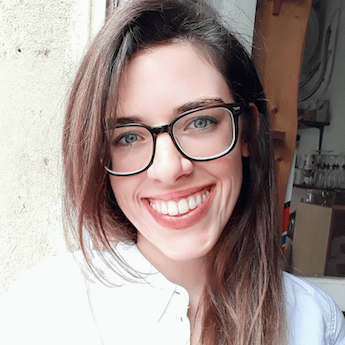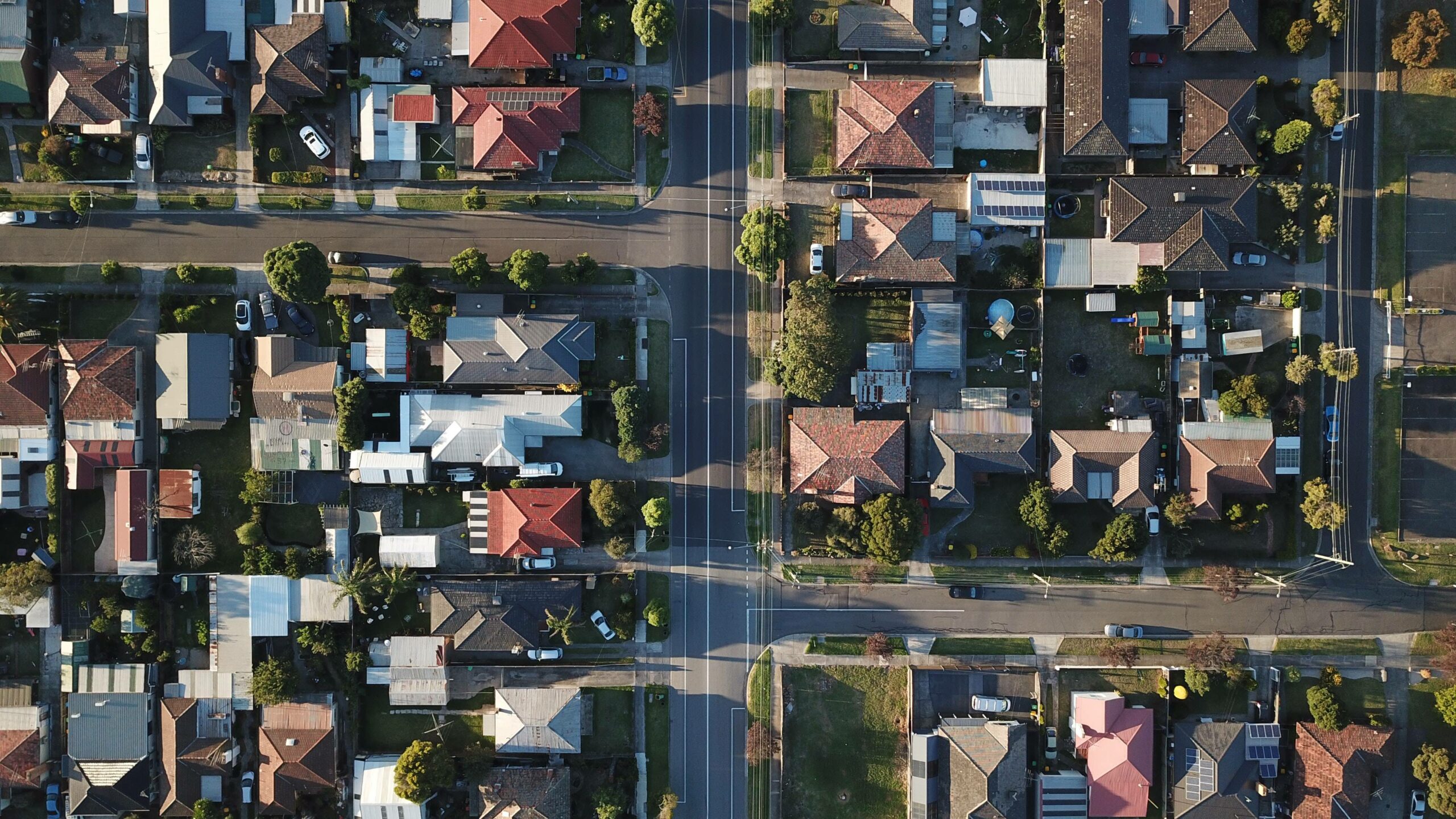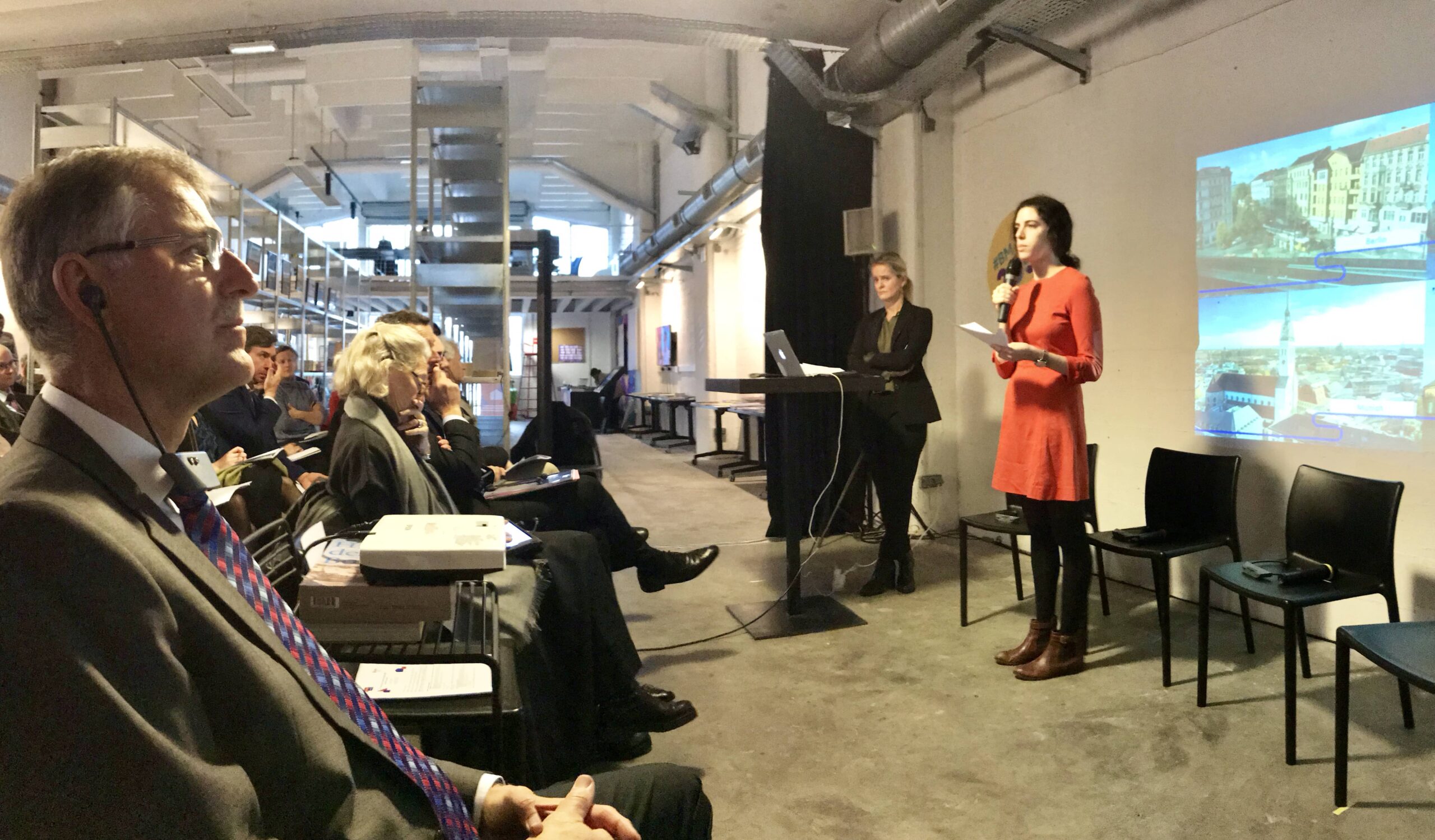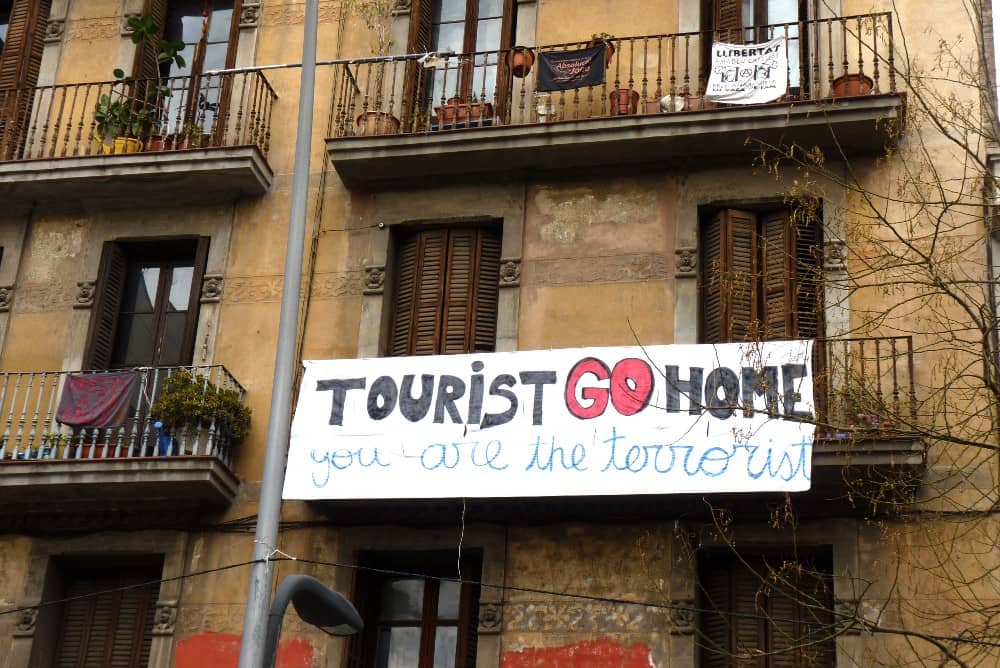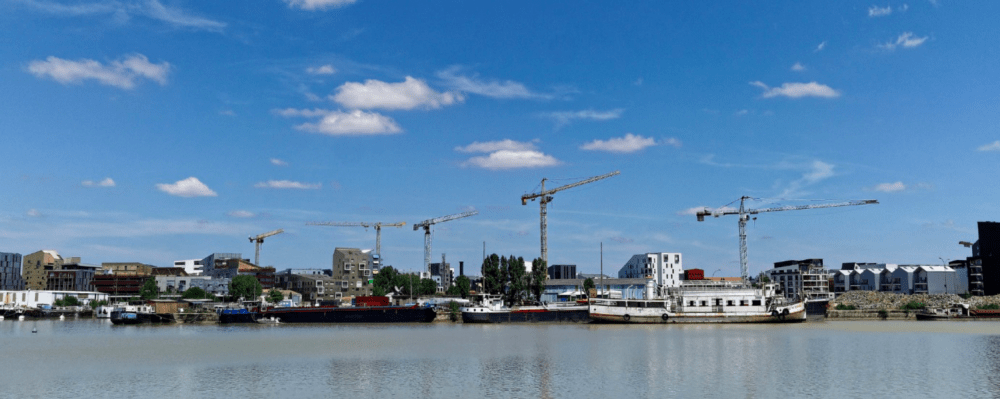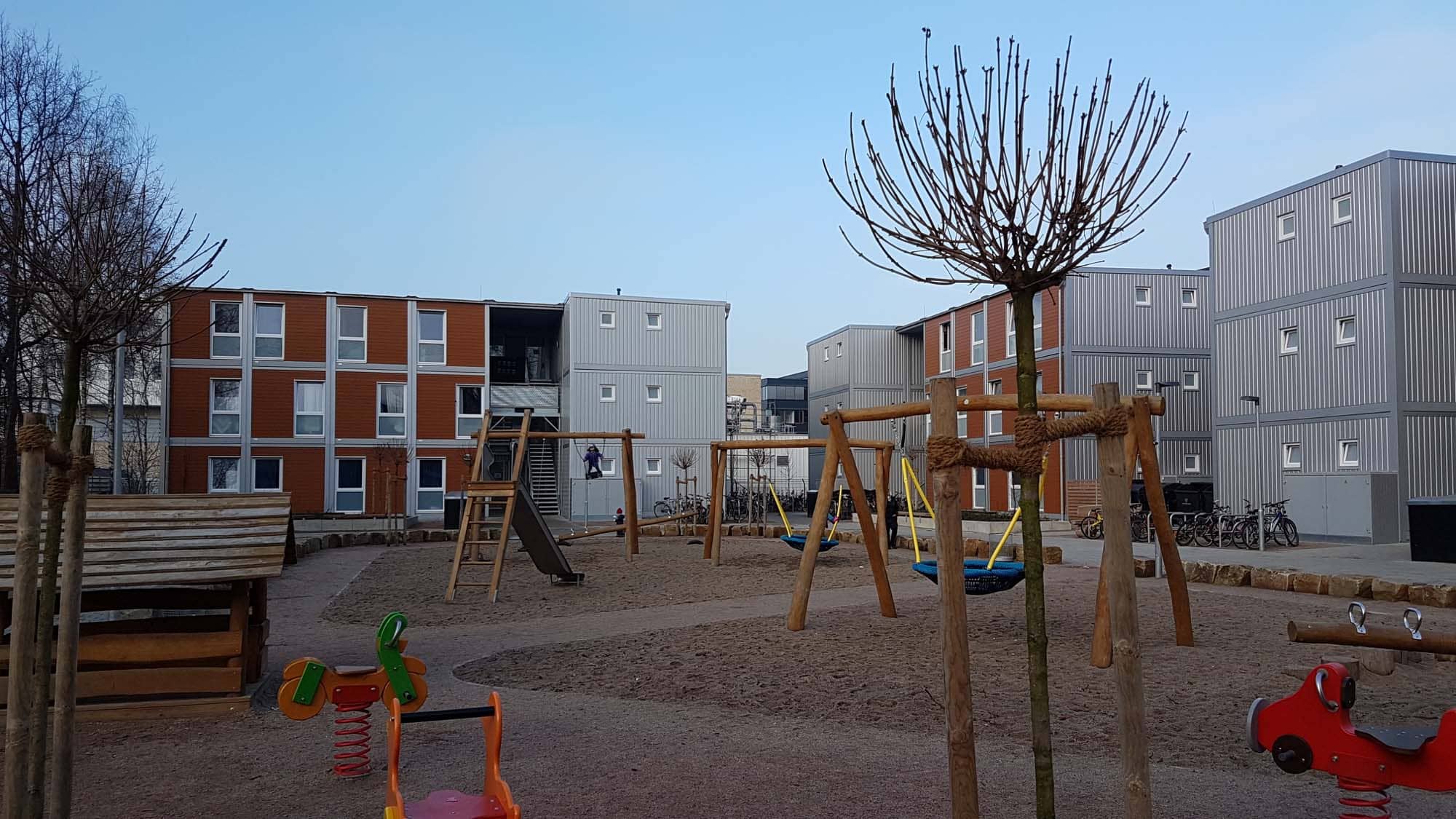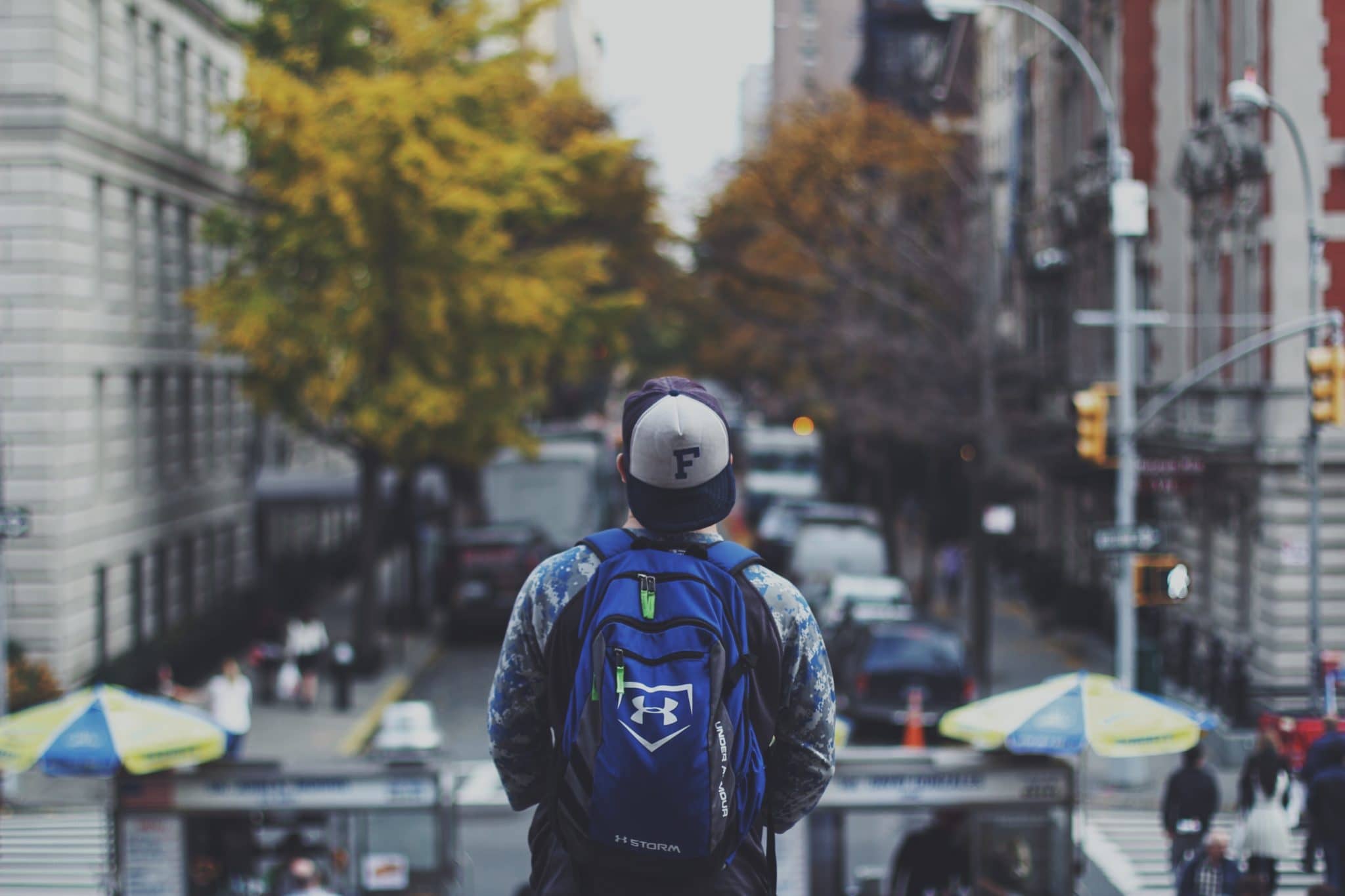

Berlin: the challenge of affordable housing in a city of low-income tenants
From the ravages of the Second World War to its division into occupation zones following the conflict, until the physical separation created by the Wall in 1961, the urban characteristics and architecture of Berlin have been marked by a unique history characterised during the Cold War by the juxtaposition of two fundamentally opposed systems of housing stock.

In the East, the rental market of the German Democratic Republic (GDR), the result of a significant housing construction programme from 1956 to 1970, has the specific feature of being managed by the State, which collects from each household a set rent equivalent to 3% of its income, regardless of the size and quality of the housing. “This State-run housing market favoured young people with young children”, explains urban planner Mary Dellenbaugh-Losse. “In the 1970s and 1980s, slab housing was constructed with the highest standards of the time. These new apartments were preferentially allocated to young people with young families who were conformed to the socialists’ ideology, and it disadvantaged political outsiders, single people, and older people, so you had a high concentration of those demographic groups in the inner-city”. At the time of German reunification in 1989, Berlin had to contend with dilapidated residential stock in its eastern side: “You had a lot of really run-down tenement buildings from the industrial era, which hadn’t been renovated since the Second World War, or in some cases, since they had been built. People would do DIY repairs because you could live in an apartment very inexpensively and you would typically have a sort of coal oven, they didn’t have interior bathrooms, many of them didn’t have interior toilets”. Conversely, the west side had been a “western island in the GDR”.
At the end of the Cold War, a major housing construction policy was conducted: tax incentives were granted to whoever would build new housing in the former East Germany, while undertaking not to live there for five years[1]. “There was a lot of housing constructed that wasn’t needed or necessary at this time”, explains Mary Dellenbaugh-Losse. This increase in construction came with an unexpected demographic decline. There was a strong population decline in Berlin between 1993 and 1996, a shift towards the neighbouring State of Brandenburg, as well as the beginning of urban sprawl: “Of course neither West Berlin nor East Berlin had ever experienced suburbanization. Because West Berlin didn’t have a hinterland and East Berliners couldn’t choose how to live”, reminds Mary Dellenbaugh-Losse. The conjunction of an increased housing supply and a drop in population produced surplus housing stock, which most likely contributed to housing becoming a minor concern for the State of Berlin.
However, the expected rise of the new capital of reunified Germany was slow to emerge: “Since the Second World War, Berlin could be described as a broken, poor city, compared to other Western European capitals. In the 1990s, the city thought it would grow and expand because of the capital coming in, but it didn’t happen. It really only started to happen after 2006 or 2007”, notes Michael LaFond, founder of the id22 project and a cohousing expert. Today, some 40,000 people are moving to and settling in Berlin each year; “that’s like a whole city that came additionally to the population that lived here before”, notes Dirk Böttcher, Director of the housing policy unit within the urban development and housing department of the Berlin Senate. These figures do not include the major migratory flows caused, from 2015, by the influx of a very large number of asylum seekers from Syria, Iraq, Afghanistan or Eritrea[2]. The Berlin Senate has forecasted a population increase of 266,000 inhabitants by 2030, 190,000 of which will have arrived between 2015 and 2020. Over 2016 alone, the city’s working population grew by 2.6%[3], i.e. 48,800 inhabitants. According to Michael LaFond, the return to demographic growth is part of a broader movement: “It’s a renaissance of the city, so cities everywhere are rediscovered and people want to live in them, they don’t want to go to the suburbs”.


Despite this significant demographic growth, the rate and volume of housing construction remain relatively low: “Between 2011 and 2016, 200,000 people moved to Berlin, 80,000 building permits or permissions were granted and only 40,000 new housing units were constructed. We’re running after the population growth”, explains Dirk Böttcher. In relation to population, Berlin, together with Cologne, was the backmarker in construction of new apartment blocks in 2016[13]. Furthermore, it is the investor approach which is prevailing today, meaning that the housing units being built at the moment are luxury homes intended for sale and not rentals, despite the fact that more than 80% of Berliners are tenants. The many luxury apartments that are being completed in Berlin are not suited to its the requirements of its population, which is still characterised by low incomes on average. Berlin has the lowest average household purchasing power and the highest unemployment rate of Germany’s seven major cities[14], a characteristic which is mainly due to its labour market: “Berlin doesn’t have a lot to offer, job-wise. We’re the seat of government, which is great for all the people who commute here from Bonn, and there are some banks here. But really all we have is what they call a ‘Hauptstadtrepräsentant’. It’s not the official headquarters, it’s just their local capital city headquarter. It’s always much smaller”, explains Mary Dellenbaugh-Losse. None of the 30 companies in the DAX index has its headquarters in Berlin, while only three of the 50 MDAX companies are based there: Deutsche Wohnen, Axel Springer and Zalando[15]. Once again, this situation is a legacy of Berlin’s specific history: “Cities normally grow up around industry and finance and services, but because Berlin was divided basically all of the big companies left and went to West Germany, to Stuttgart, to Frankfurt, to Munich and nobody ever moved back to Berlin after reunification”, notes Mary Dellenbaugh- Losse. These factors explain Berlin’s relatively low GDP per capita (€36,800)[16] in comparison to that of other major German cities such as Hamburg (€62,800)[17]. “We have a lot being built in the luxury segment, but of course those aren’t going to solve the affordability problem”, notes Mary Dellenbaugh-Losse. Upmarket new developments dominate the historic centre. In some cases, prices in excess of €20,000 per square metre are being quoted[18].
At the same time, Berlin is also experiencing a significant increase in rents, which rose by 32% between 2010 and 2015 and which may exceed €10 per square metre from this year[19], and housing sale prices rose by 68% between 2010 and 2015[20]. These soaring property prices have resulted in a greater ratio of income for households: “Before reunification, 18% of natural income went to the so-called brutal cold rent without heating[21]. Now we are at 29%. That means that a lot of people give more than half of their income for rent with heating”, explains sociologist and urbanist Sigmar Gude, founding member of Topos in Berlin.

The upsurge in Berlin’s housing prices can be explained in particular by “the considerable increase of housing construction costs over time with the enactment, inter alia, of energy efficiency and fire protection standards”, reminds Michael Voigtländer, Head of the Financial and Real Estate Markets Department of the German Economic Institute (IW) in Cologne. The low incomes of the average Berlin household are coping poorly with this price increase and the gap between housing supply and demand is growing, resulting in a shortage of affordable housing. The rental housing stock is constantly falling: supply was down 6.4% in the first three quarters of 2017 compared to the same period in 2016. This decline can also be explained by tenants’ limited residential mobility; in a period of shortage and when moving from one apartment to another often involves an increase in rent, there is a strong incentive to stay put. In total, the Berlin Senate estimates that it would to require 194,000 housing units to meet demand for affordable housing by 2030. In light of this, the Senate set itself the objective of building 20,000 housing units per year until 2021, then 10,500 units per year from 2022 to 2030. To achieve this, it is rolling out a partner-based approach involving public and private stakeholders, as Anna Granath Hansson explains:
“The Alliance for Housing Construction in Berlin, established in 2014, is a cooperative agreement between the city, the interest organisation of public utility landlords, and an interest organisation of private landlords […]. The aim of the initiative is to ‘restore the equilibrium of supply and demand on the housing market’, making rents affordable to more members of society”[22].
Under the agreement, public utility landlords (predominantly municipal housing companies) will undertake to build 3,000 new dwellings per year, of which 10 to 33% should have non-serviced rents below €7.5 per square metre and per month, while private landlords undertake to produce some 6,000 new dwellings per year, of which 10 to 20% are subject to the same obligations[23].
Yet the implementation of a housing construction policy requires first and foremost the availability of developable unused land. Once this first condition has been met, developers must still need to access existing land. As in many attractive European cities facing an affordable housing shortage, Berlin must therefore tackle the thorny issue of using its available land if it is to reach its annual construction objectives.
Berlin facing the challenge of accessing land
Unlike many major European cities, Berlin is not yet suffering from insufficient available land. “From the perspective of someone in Munich, this is a paradise. You look around, you find so many empty spots where you can build”, explains Daniel Hofmann, Managing Director of the GEWOS Institute for urban, regional and residential research. The German capital spans a much greater area than some of its Western European counterparts: its total surface area is 892 km2, as against 105 km2 for Paris[24], 219 km2 for Amsterdam and 414 km2 for Vienna. “We know that there are sufficient plots in the city to build 137,000 housing units until 2030 when the planning conditions and the usability are created”, explains the Berlin Senate, which recently identified 25 major sites in the city which could be used for 50,000 housing units. In addition, medium-sized sites with potential for 70,000 dwellings and small sites which could give rise to 30,000 additional housing units by 2025[25] have also been identified.
This does not mean that all this land is publicly owned: “only about 15% of the buildable plots are owned by the Land Berlin”, explains the Senate[26], which always offers its own buildable land to the six municipal housing companies in Berlin as a priority. Land which is not retained by the municipal housing companies is then offered for sale to cooperatives[27], failing which, private developers can also obtain land through competitive bidding procedures. Plots are allocated on the basis of the price offer (30%) and offers’ compliance with predetermined criteria (70%), set in consultation with the districts (“Bezirke”).
It is as part of these competitive bidding procedures that the Land rolls out its model of cooperative building land development, a land management instrument through which the Land’s conditions for the sale of plots of land to private stakeholders are that they build affordable housing (30% of new housing units must be subsidised) and that they contribute to funding social infrastructure. “In exchange for the property value that is generated from the building process, the developer has to bear or cover the costs for the infrastructure. There’s a certain way to calculate what they have to pay for the social infrastructure, like for example kindergartens or schools”, explains Kristof Laser. Yet this framework can sometimes prove to be counterproductive, as Michael Voigtländer explains: “This causes developers to opt to recoup these investments by building housing for high-income, rather than average- or low-income households”. Christoph Gröner, founder of property group CG Gruppe, confirms the sometimes-damaging effect of criteria set for the production of affordable housing: “The model of cooperative building land development acts as a deterrent. No assistance is given, instead I have to finance rentals at €6.50 per square metre by building apartments just next door which will be rented out at €16 [per square metre]. Even if I thought that there would be more demand or opportunities by renting at €10 or €12 [per square metre], I can no longer afford to. It is precisely the ‘median’ segment of low rents that should be boosted, not apartments that are highly subsidised”. These reservations bear witness to the difficult balance between a policy which incites private developers to produce affordable housing and a restriction of the equalisation which these developers must conduct.
This is not the only obstacle standing in Berlin’s way to utilise its own available land to build housing. The collaboration between the Land and the different districts across the area is not without its difficulties: “Another issue, specific to Berlin, is that it is not planning centrally; most housing developments must instead be assigned by the ‘Bezirksregierung’, the district administrations, which greatly complicates the matter”, explains Michael Voigtländer. One of the greatest challenges for relations between the Land and its districts may be to convince the districts to share information on their available land more effectively with the Land. The Senate already listed this difficulty when identifying land to build temporary housing for asylum seekers in 2015[28]. To solve this, the State of Berlin recently launched a land registry, the “Housing Construction Site Information System” (WoFIS), the result of cooperation with districts. The WoFIS provides an overview of buildable land which could have room for 50 dwellings or more and places them in categories according to their potential[29].
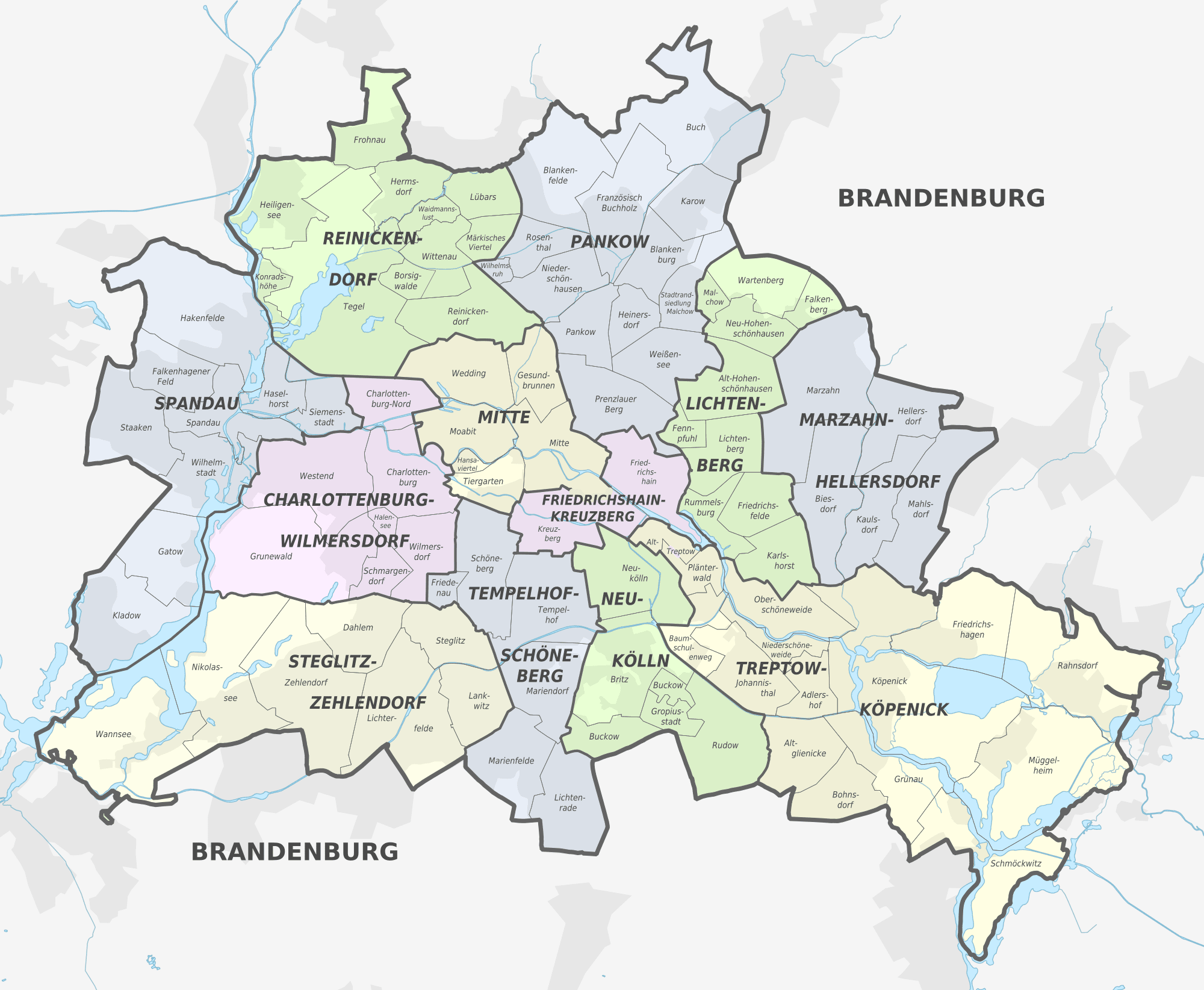
Another hindrance to the use of available land in its area: in the implementation of its land strategy, the Land is coming up against a growing number of “not in my backyard” (“NIMBY”) reactions from inhabitants, who are used to the capital’s low density and have no desire to see it rise through the building of new housing units. “People are used to that void. They have their allotments and their gardens. Berlin is not like a proper city, it’s like an area, like the heart of the rural area, so from one end to the other, it’s more than 20 miles. You have so many empty spaces and voids you could build on. But people are used to that so they are used to walking with their dogs on that field, they’re used to going skating on Tempelhof airfield, and so that’s a difficult political question”, explains Daniel Hofmann. Michael Voigtländer confirms this assessment: “Berlin has large parcels available, such as the Tempelhofer Feld, a former airfield in the heart of the city. Yet strong NIMBY-ism has caused plans to build housing on the Feld to be dropped”.
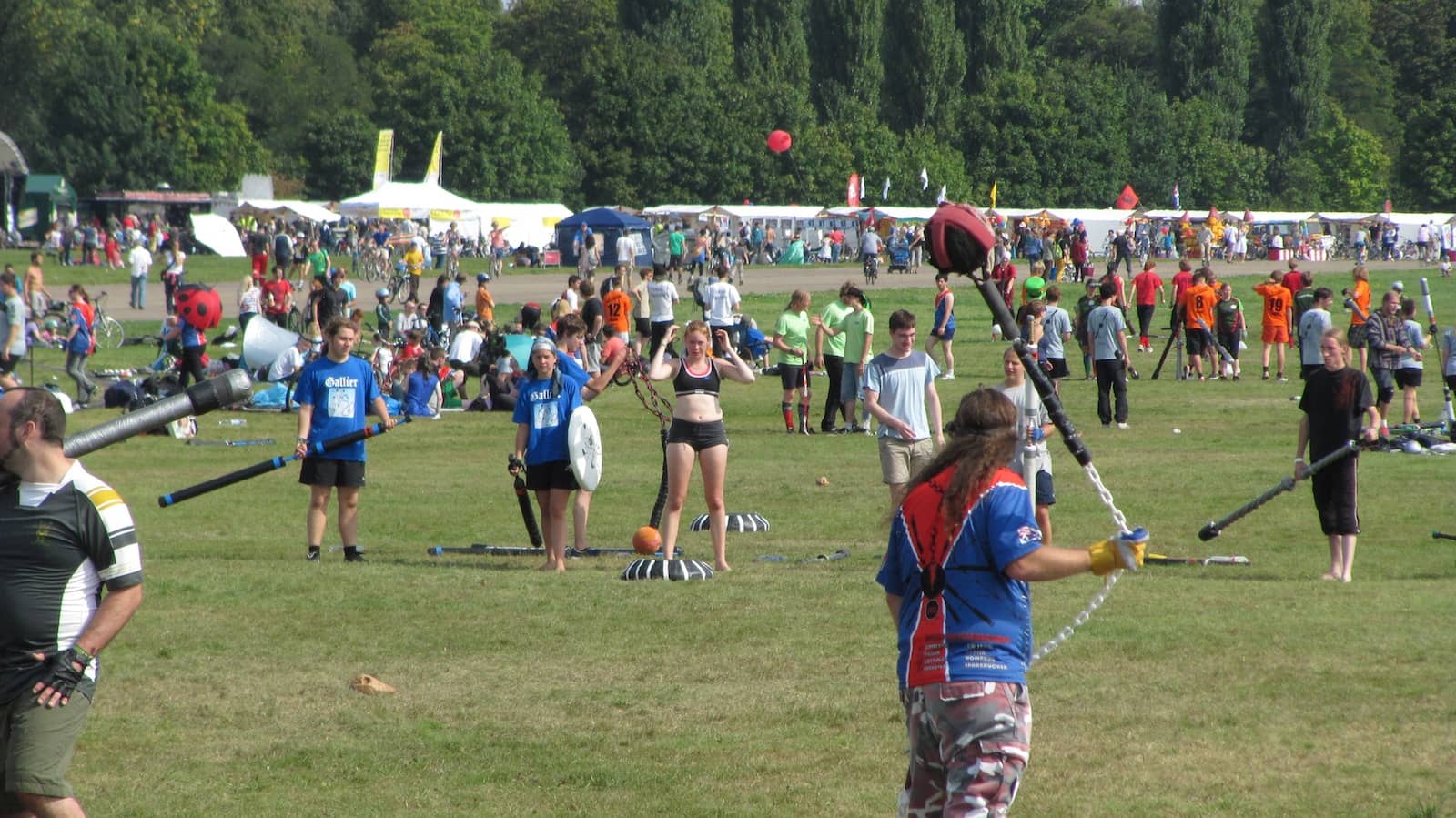

The latest challenge is a new phenomenon of land speculation, which drives up the price of available land. Land now accounts for 20 to 50% of property prices depending on their location, explains Kristof Laser, from the urban development and housing department of the Berlin Senate. “There are signs that developers get the building permit and then do nothing and sell it off with the building permit 3 or 4 years later. This is profitable for them because there’s a 30% increase in the price every year without doing anything”. One means of combatting this land speculation could involve obliging developers to launch their operations within two years of obtaining their building permits. Another lever could be the implementation of a fiscal instrument against land speculation yet any provision of this kind must be rolled out on a federal level. It would also be difficult to implement: “How high can a tax be to be worse than a 20% rise in the value of the land?”, wonders Kristof Laser. Christoph Gröner recommends “tying the planning consent on the land to the person that applied” to prevent it from being sold on32.
Berlin will have to work hard to overcome these many obstacles to using its land if it intends to meet the growing demand for affordable housing it is experiencing today. However, the building of new housing on this available and usable land, by no means a panacea, will not suffice to resolve the shortage. The fight for affordable housing in a city in which 80% of inhabitants are tenants presupposes above all that the rising rents in the existing housing stock must be contained.
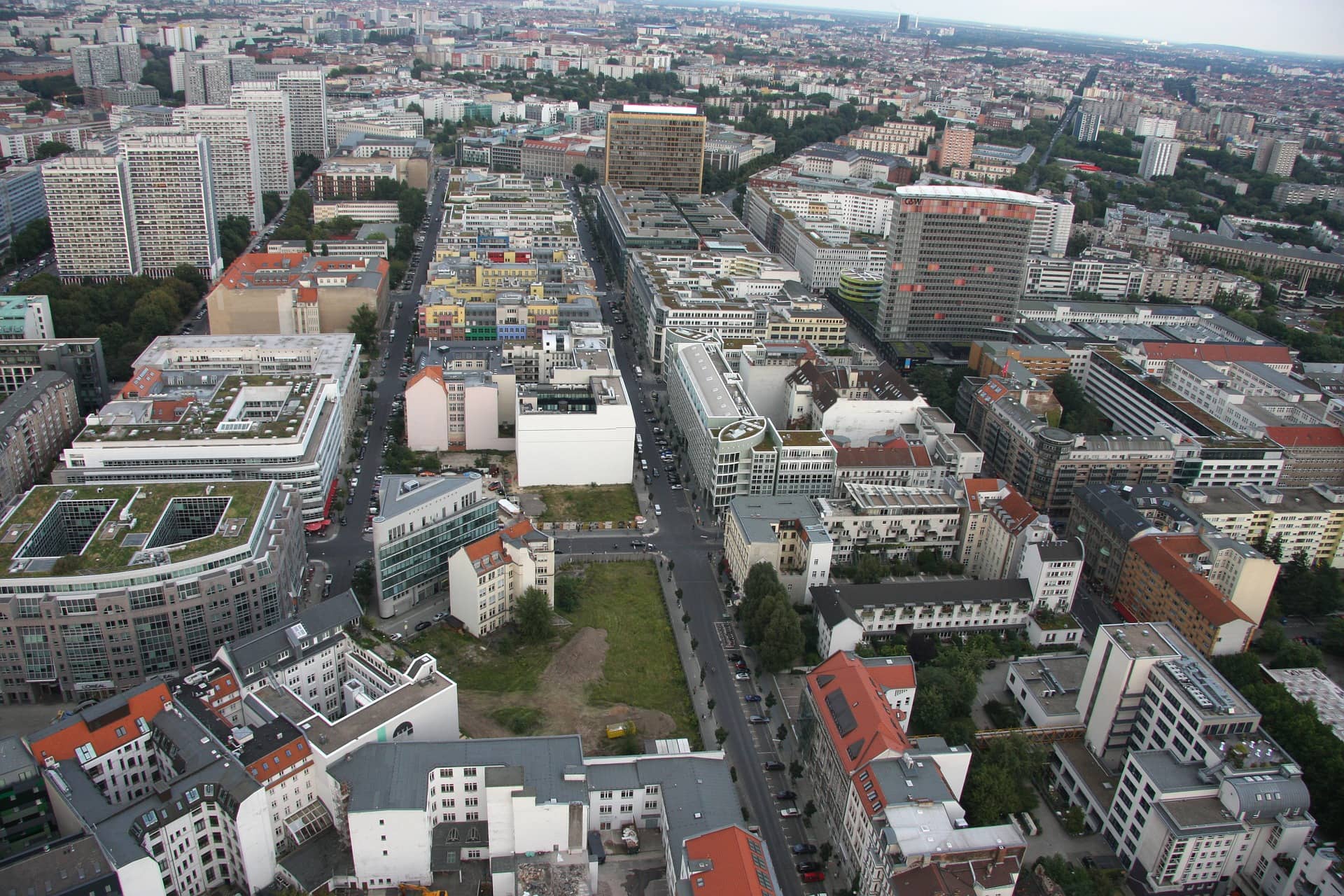
Preserving affordable rental housing stock, Berlin’s primary challenge
To house a population with incomes that are generally relatively low, Berlin, in which 80% of inhabitants are tenants, must strive to maintain and develop a rental housing stock that is affordable to most households, as Reiner Wild, of the Berlin Tenants’ Association, explains: “Increases in the supply in the top segment have no great effect on the overall market. We can’t rely just on new properties let at market conditions; we need larger numbers of new properties on offer at reasonable rents”[33].
To achieve this, Berlin can rely on several types of affordable rental housing, starting with private rental housing that is subsidised on a temporary basis, which is what can be defined as Germany’s social housing. The German social housing system is far removed from its French equivalent, where social housing is publicly owned. This is not the case for German social housing, which involves a private owner renting a property to a municipality in exchange for a public subsidy (for example a low-interest loan). Researcher Lucie Lechevalier-Hurard explains that:
“State subsidies for construction can now be granted not only to public-utility bodies but also to strictly private lessors. [The German housing policy] makes no distinction between the various housing stakeholders when it grants public construction subsidies. The granting of subsidies is not linked to any specific social qualification on the lessor’s part. Private contracting authorities and property development companies and non-profit public-utility housing companies are entitled to these subsidies in equal measure. One of the main ideas behind the public housing policy in Germany is above all to let the market provide the housing […]. ‘Social housing’ is not limited housing stock but a housing characteristic of limited duration. A property is qualified as ‘social’ if, for its construction, the lessor obtained a public loan: during the years in which this loan is paid back, the tenants of the apartment are selected (upon recommendation of the municipality) according to social criteria, in particular on the basis of their income. Yet once the subsidy is fully paid off, the property becomes part of the private sector”[34].
It is therefore possible for a private body (a company, a person, a municipal housing company or a cooperative) to provide social housing. In Germany, it is even the most common configuration. “Referring to ownership structures does not make sense in the German case, since around three fifths of the social rental housing stock have private owners”[35], writes researcher Stefan Kofner. This mechanism means that there is no structural difference (in type or quality, etc.) between a ‘social’ housing property and an unsubsidised private property.
The fixed-term agreements on which the German social housing system is based are negotiated between the private owner of the property and the municipality in which the property is located. It is the municipality, and not the other contracting party, which selects the household who will live in the property in question. The municipality then conducts two types of checks regarding the occupation of the subsidised property: firstly concerning the income of the selected household (only a low-income household is entitled to subsidised housing) and secondly concerning the rent amount, subject to a set ceiling (€6.50/square metre per month), increases to which are limited to €0.20/square metre every two years.
During the agreement period (payback period of the subsidy granted, generally lasting between 20 and 40 years), the rent gradually rises to market levels in 20% increments each year. When the gradual rent increase resulting from the expiry of the agreement concerning a property proves incompatible with the income of the household living there, the household is offered another subsidised property. “Of course, the biggest building programs are those of the post-wall reconstruction period and then you have the 1960s and 1970s and all these typical periods of public subsidized housing. Those were rent controlled for 30 or 50 years. Now you see the rent controls are running out. These are the apartments that were subsidized in the 1970s and 1980s”, explains Dirk Böttcher. As from the end of the 1990s, social housing subsidies were suspended due to a lack of financial resources and were only restored in 2014, when the State of Berlin observed the emergence of tension on the housing market and set itself the objective of rebuilding a major stock of social housing. “We started social housing subsidies again in 2014 for new-build houses. We have subsidies for 2,500 apartments this year, but we are planning to increase it to 5,000 apartments in 2021”, explains Dirk Böttcher. The subsidies paid by the State of Berlin are interest-free loans of amounts ranging from €70,000 to €91,000 per apartment. “This is our strategy to answer the decline of the old social apartments, through which we are attempting to stabilise the social housing segment”, notes Dirk Böttcher. Urgent action is required as the Senate estimates that most of the ongoing subsidy periods will have expired in ten years[36]. On a national scale, it is estimated that 100,000 housing units lose their social status each year[37].

Stefan Kofner notes that “for a long time, the number of dwellings losing their social status each year has been far greater than the number of social dwellings newly approved”[40]. Furthermore, the new subsidy agreements include both the modernisation of existing apartments and the construction of new properties. Developing the social housing stock does not therefore mean any overall growth of Berlin’s residential stock. This holds true on a national scale as well: in 2015, of the 51,000 approved social dwellings, not even a third were newly-built rental apartments[41]. “The basic problem is, with only 100,000 social housing units left in Berlin and tenant fluctuation of maybe five percent each year, there is only a minimal supply”, explains Reiner Wild, Managing Director of the Berlin Tenants’ Association. “This urgently needs to be expanded. Even many people with incomes too high to qualify for social housing can no longer find anything affordable”[42]. This trend is even more worrying as there are many households eligible for social housing in Berlin, although the number is falling: “the share has dropped to 44% now, and was 51% the year before,” explains Kristof Laser.
Yet social housing is only one possible source of affordable housing, with municipal housing companies as another important source. While these companies can themselves own social housing as parties to the aforementioned subsidy agreements, most of their stock is not social housing. Out of the 300,000 dwellings in Berlin’s municipal stock, only roughly 30,364 were social dwellings in 2016[43]. The six municipal housing companies in Berlin currently own up to 9.8% of the Berlin rental sector[44]. Independent companies with dwellings that house tens of thousands of tenants[45], they are currently working on developing their stock, to reach a target of 400,000 housing units in 2026, through a policy to acquire existing housing and also by building new homes. Berlin’s municipal housing companies have set a combined goal of building 6,000 housing units per year.
Despite their status as a for-profit undertaking, these companies receive direct instructions from the Berlin Senate, which sometimes leads them to make decisions which run against their own interests. “They should act as normal companies to make a profit, but they also get orders from the Senate, which sometimes obliges them to do things they would not otherwise do. Some have been ordered not to raise rents above a certain ceiling and to only give flats to people who are in need,” explains Daniel Hofmann. Reiner Wild, Director of the Berlin Tenants’ Association, confirms this: according to him, municipal housing companies “are subject to enormous political pressure. They are told to build 6,000 apartments a year, while on the other hand they are repeatedly being thwarted”. Christoph Gröner believes that they “are constantly being given contradictory political demands: They must keep existing rents low and promote climate protection, they must develop new buildings while protecting neighbours and allotment gardens, they must offer new apartments to let at eight euros per square metre – but they have to be […] energy efficient. Local policies certainly don’t make it easy for private companies. But they make it even more difficult for their own housing industry”[48].
Municipal housing companies must work with these obstacles and with ever-increasing housing construction prices (which influence in particular the regulatory restrictions applicable to them) to continue to develop affordable housing stock: “It is very important for the State of Berlin to have its own housing stock to protect this market segment and to protect low-income households”, notes Reiner Wild.

The last significant player in Berlin’s affordable rental sector is the cooperative housing sector, which, with some 186,000 apartments, accounts for more than 11% of the German capital’s rental stock. In Berlin, this type of housing stems from a long history: many cooperatives were founded at the end of the 19th century or during the housing reform between the two World Wars. “Many cooperatives have been here since the 1870s”, explains Michael LaFond, who is involved in the Spreefeld cooperative housing project and is the author of a publication on co-housing in Europe. “Historically, they had emphasis on affordable housing. Younger cooperatives, created in the 1980s or 1990s, also have an interest in affordable housing but equally in community and democracy within housing”. Cooperative housing is based on a joint ownership model and on a principle of shared and democratic management of common spaces. “The kinds of housing that we encourage tend to be smaller-scale, but in any case, participatory. People are involved more directly in the planning”, explains Michael LaFond. In Berlin, cooperative housing is mainly seen in complexes of apartment blocks with 5 to 10 floors and large common spaces (in particular on the ground floor, and shared gardens. Very often, they include non-residential spaces such as nurseries or workshops[49].
In Berlin, cooperative housing is a type of affordable housing at a lower cost than that of regular housing. Some architectural decisions made by cooperatives enable them to reduce construction costs (plywood flooring on the outdoor decks, wire mesh along the internal stairs instead of banisters, etc.)[50].
Many cooperatives use the “living rent” – a non-profit rent, simply intended to cover the cost of the building and to build up a reserve for repairs. Urbanist Mary Dellenbaugh-Losse gives the example of a cooperative at Prenzlauer Berg which purchased land to build a “very ecological, very efficient low-cost construction” where the coordinators managed to limit the rent to €300 per family.
Cooperatives, however, are coming up against a growing set of difficulties. It has become more complicated to found a cooperative in Berlin, due to a significant rise in land prices and to the lack of a workforce in the building sector in view of the current building boom in the German capital. At the same time, cooperative housing is only a small and partial response to the affordable housing crisis, because it requires a considerable contribution from each household to acquire the land and finance the construction of the future housing blocks.
Whether we are talking about the challenge of social housing subsidy periods coming to term, the rising construction prices or the limitations they place on the production of housing by municipal companies or the considerable initial investment required for cooperative housing projects, it is clearly difficult to produce affordable rental housing in Berlin today. This is why it is important to protect, now more than ever, tenants who often have low incomes from an increase in property prices which would possibly mean that they must leave Berlin and would make the city inaccessible to a growing number of such households, whose presence is necessary to maintain the German capital’s economic vitality.
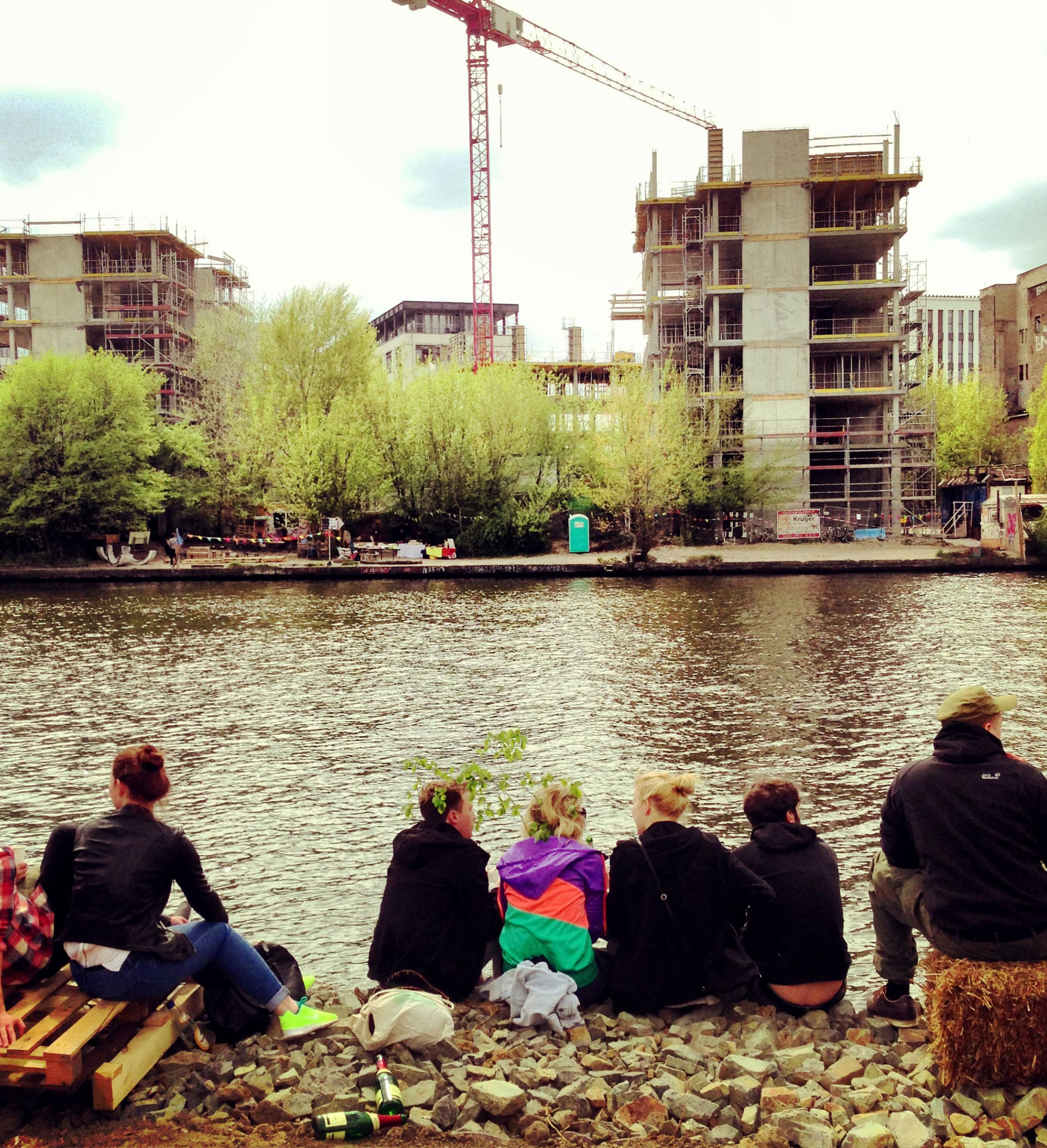

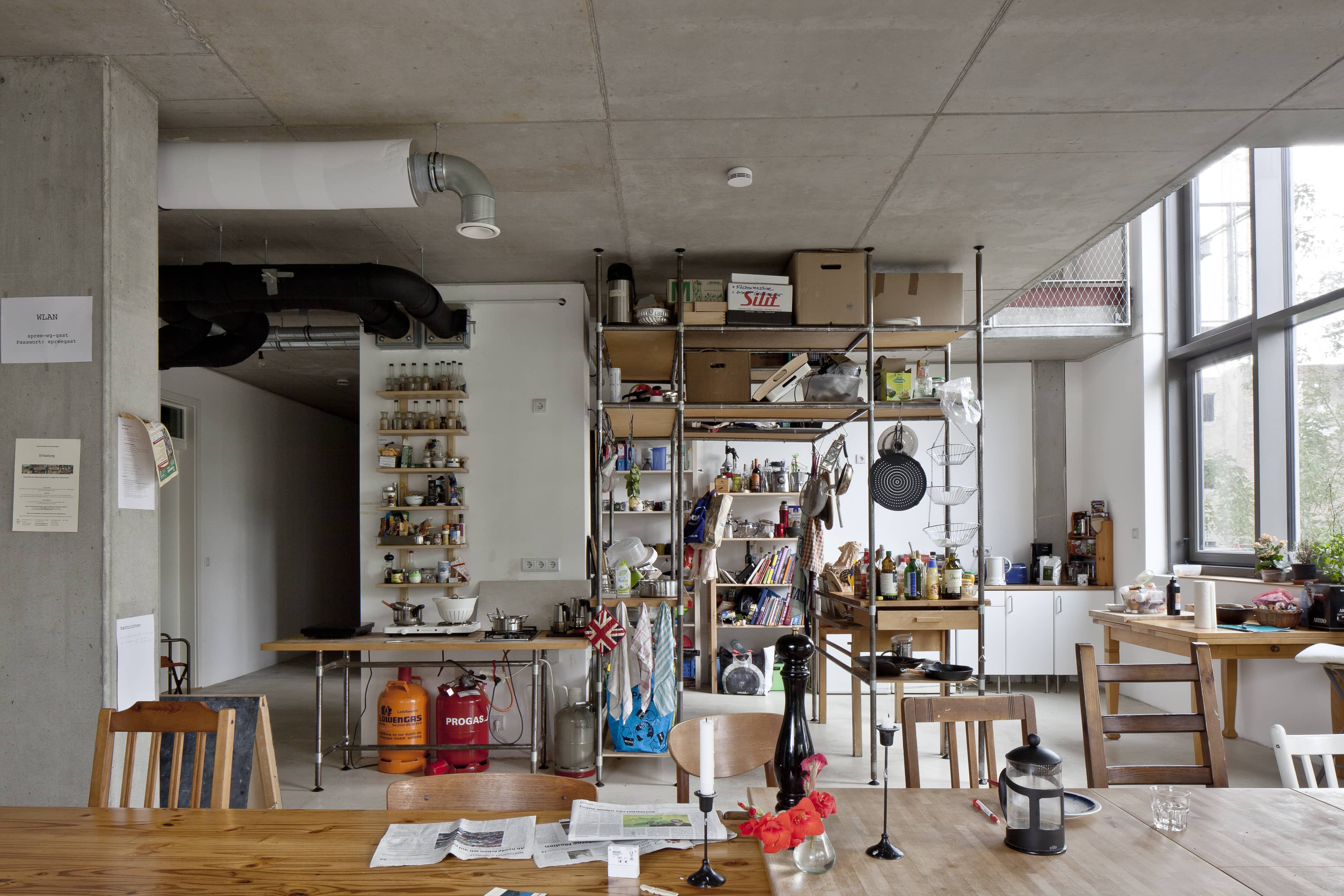
How can tenants be protected more effectively?
Berlin is undeniably a city of tenants, who make up 80% of the German capital’s inhabitants. The figures show a national preference for rented housing, which can be explained by how difficult it is to access credit, the generally affordable nature of German rents and the quality of German rental housing. “The private rental housing sector in which most people actually live is very good at providing living space for people of medium income, a problematic segment in most countries, where you have an owner-occupied property sector that’s soaring and states pouring subsidies on it and the prices are rising even more, while the rent control sector is always too small. I believe that a lot of pressure is being taken off the market by this medium segment of private rental housing”, explains Kristof Laser.
The German legal system provides a favourable framework for these tenants with great security. Tenancies, always identical, are open-ended. Rents are set following a negotiation between the owner and the tenant, often on the basis of rents published in the “Mietspiegel”, an online register of rental prices per municipality published every two years since 1973. “Tenants can go to court if they believe that the rent they have accepted is usurious […], i.e. 20% greater than the rents practiced for equivalent properties”, reminds Bernard Vorms[52]. This set rent can only be changed in rare cases. It can be increased if the owner of the property in question modernises the property. Owners can also increase rents when they change tenants. The significant turnover in the rental sector, with students who stay only for short periods in an apartment or persons who fail to find employment, means that rent increases are currently very frequent. “Every time the landlord turns over the apartment, he raises the rent. The rent for the whole area goes up, which affects the ‘Mietspiegel’, which is simply a measure of the actual rent in the area”, explains Mary Dellenbaugh-Losse. “The good thing is that most households in Berlin will have an existing tenancy contract, and therefore quite affordable rents. The problem is new contracts”, confirms Kristof Laser.
Since 2015, rent increases have been restricted to 20% through a rent control system. “The State did not devise any instrument for checking that the rent control system is respected or penalizing anyone who doesn’t abide by it. Actually, the burden of proof is on the new renter to prove that their rental contract does not conform to that, and then to sue their new landlord which from a sociological perspective, is fairly unlikely. The rent control mechanism in its current form is ineffective”, criticises Mary Dellenbaugh-Losse. This lack of checks for compliance with the law encourages owners to ignore the 20% limit. Reiner Wild, Managing Director of the Berlin Tenants’ Association, confirms this: “the ‘Mietpreisbremse’ is having virtually no effect. Only a few landlords, the municipal companies and cooperatives are complying with it”[53]. Owners are also conducting superfluous modernisations with the sole aim of asking a higher rent. In view of this, many experts are calling for improved legal protection for tenants. “We need to protect renters and their rights. This is done above all on a federal level, but some aspects are on a State level”, explains Michael LaFond. Many experts are calling for the Berlin State Senate to put an end to the abusive rent increases on grounds of modernisation. Michael LaFond believes that “means not allowing things like elevators or new balconies, or things that are not necessary that add value to the apartment”. Such measures could provide more protection for tenants while curbing the rise in rents, thereby guaranteeing that the affordable housing stock is preserved for households with low and medium incomes.
Berlin, “poor but sexy”… and unaffordable?
Long considered one of the most affordable capitals in Europe, Berlin is currently experiencing a sharp rise in rents, a trend which has significant repercussions in a city with an overwhelming majority of tenants. For Michael LaFond, the new-build housing policy alone will not stem the current price inflation: “Yes, the city should be building more, and they are building more, but the fundamental problem is housing policy, rental policy, real estate policy. Structural questions that are difficult, and which are a question of political will”. The current housing crisis in the German capital will only be resolved by implementing an array of complementary measures. Dirk Böttcher, Director of the housing policy unit within the urban development and housing department of the Berlin Senate, explains: “You need multiple strategies, on the tenancy legislation, new-build apartments, municipal housing companies and other owners of cooperatives, while continuing to subsidise social housing. It’s a mix of measures and only one or two actions are not enough to fix or face this problem”. This may be the way in which Berlin can hope to build up a stock of affordable housing to meet the demand of the low-income households which make up the majority of its population.
These other publications may also be of interest to you:
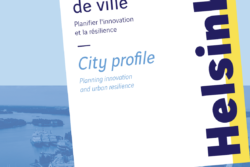
Helsinki : Planning innovation and urban resilience
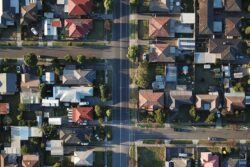
Forget 5th Avenue

Long live urban density!
The ideal culprit

Behind the words: density

Behind the words: Affordable housing
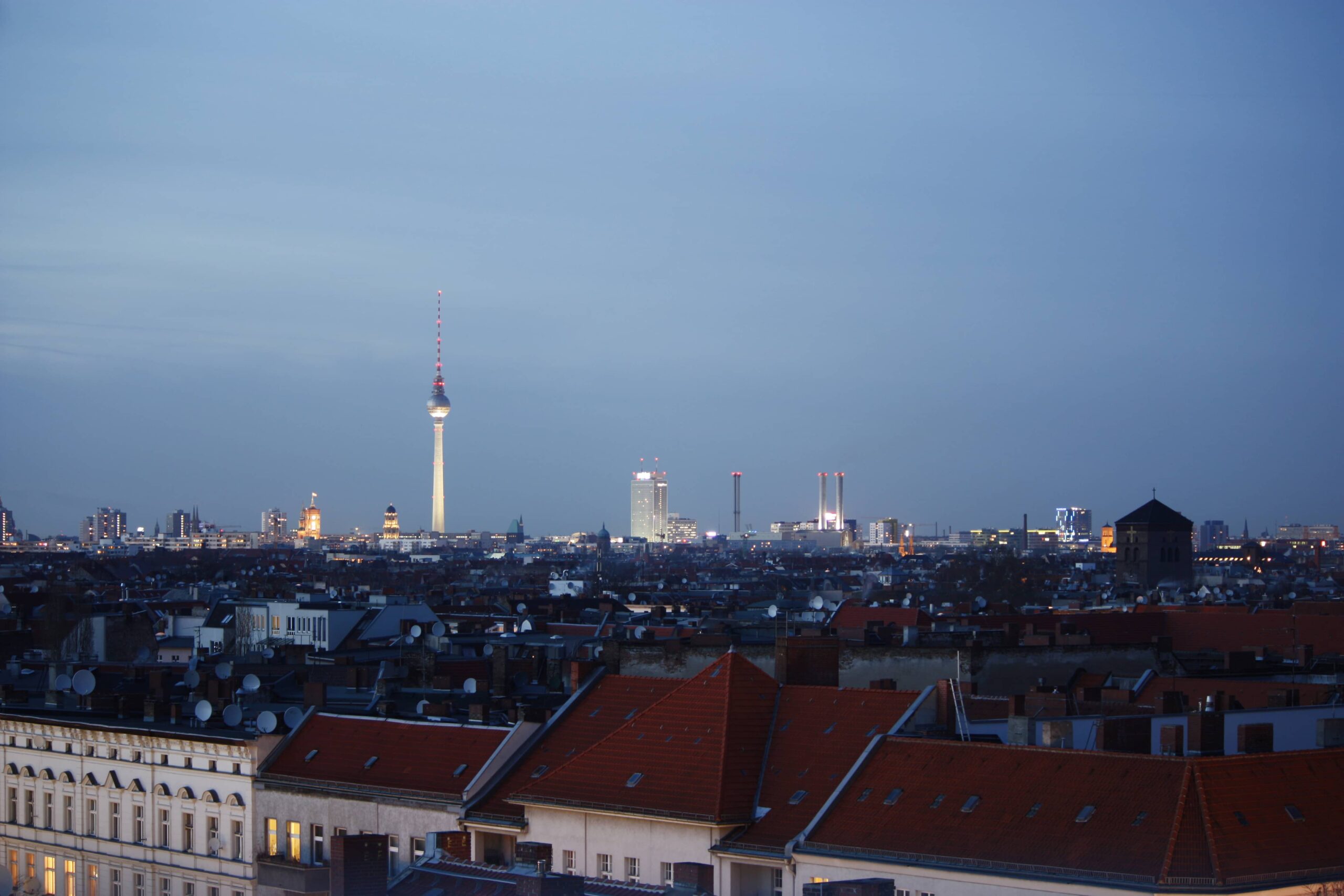
German metropolises and the affordable housing crisis

Berlin Focus
La Fabrique de la Cité
La Fabrique de la Cité is a think tank dedicated to urban foresight, created by the VINCI group, its sponsor, in 2010. La Fabrique de la Cité acts as a forum where urban stakeholders, whether French or international, collaborate to bring forth new ways of building and rebuilding cities.














